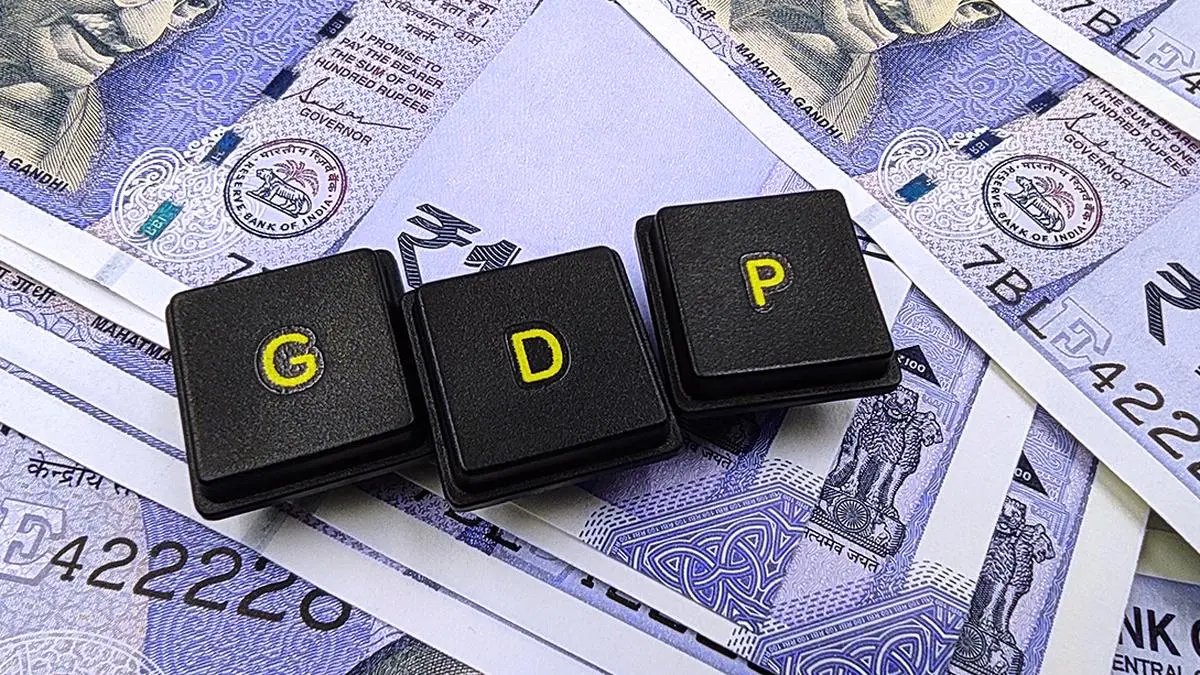India to emerge as world’s 2nd-largest economy by 2038, US tariffs impact minimal: EY


India is on track to become the world’s second-largest economy in purchasing power parity terms by 2038 with GDP of USD 34.2 trillion, according to EY’s Economy Watch.
India’s economy could reach USD 20.7 trillion in terms of purchasing power parity (PPP) by 2030 and may emerge as the second-largest economy by 2038 with USD 34.2 trillion GDP, an EY report said on Wednesday.
The report also said that with appropriate countermeasures, India can limit the adverse impact of higher US tariffs on selected Indian imports to about 10 basis points of real GDP growth.
Strong fundamentals, resilience amid tariffs
India is emerging as one of the most dynamic among the world’s five largest economies, with strong economic fundamentals including high savings and investment rates, favourable demographics, and a sustainable fiscal position, said the the August 2025 issue of EY Economy Watch.
Despite global uncertainties such as tariff pressures and slowing trade, India’s resilience stems from its reliance on domestic demand and increasing capabilities in modern technologies, it said.
The report examines the comparative economic profile of the five largest economies against the backdrop of US tariff uncertainties and global economic challenges.
India already 3rd-largest in PPP terms
A meaningful comparison of economic size may be based on purchasing power parity (PPP, constant 2021 international dollars), rather than market exchange rates (US dollars), it said.
On this basis, India’s GDP in FY25 is estimated by the IMF at PPP USD 14.2 trillion — around 3.6 times larger than when measured in market exchange rate terms.
India is thus already the third-largest economy after China and the US.
May surpass US in 2038, overtake Germany by 2028
“If beyond 2030, India and the US maintain average growth rates of 6.5 per cent and 2.1 per cent, respectively, during 2028–2030 (as per IMF forecasts), India may surpass the US economy in PPP terms by 2038,” the report said.
India is also projected to become the third-largest economy in market exchange rate terms by 2028, overtaking Germany.
Commenting on India’s position, D K Srivastava, Chief Policy Advisor, EY India, said India’s comparative strengths, its young and skilled workforce, robust saving and investment rates, and relatively sustainable debt profile will help sustain high growth even in a volatile global environment.
“By building resilience and advancing capabilities in critical technologies, India is well-placed to move closer to its Viksit Bharat aspirations by 2047,” he said.
Tariff impact, limited to 10 bps growth cut
The report further said US tariff’s impact on India may depend, among other factors, on the share of India’s exports to the US affected by the higher tariffs, the extent to which India is able to diversify these exports to other countries.
Thus, nearly 0.9 per cent of India’s GDP may be affected by the US tariffs, the EY report said, and added the actual impact may depend on the elasticity of demand for Indian exported goods in the US.
“Assuming that about one-third of the impact results in a fall in demand; the overall impact is estimated at 0.3 per cent of India’s GDP,” it said.
This can be neutralized through countermeasures such as reducing overall imports and boosting domestic demand for goods that are currently exported.
“With suitable policies, the US tariff impact can be reduced to about 0.1 per cent of GDP, implying at best, a reduction of 10 basis points in India’s expected growth of 6.5 per cent in FY2026.
“So, India’s average growth may be reduced at best to 6.4 per cent in the medium term on account of the US tariffs,” the report said.
The steep 50 per cent tariff on Indian goods entering the United States, which came into effect from August 27, would impact exports worth more than USD 48 billion.
The sectors which would bear the brunt of the high import duties imposed by the Trump administration include textiles/ clothing, gems and jewellery, shrimp, leather and footwear, animal products, chemicals, and electrical and mechanical machinery.
Sectors such as pharma, energy products and electronic goods are out of the ambit of these sweeping duties.
The US accounted for about 20 per cent of India’s USD 437.42 billion worth of goods exports in 2024-25.
The US is the largest trading partner of India from 2021-22. In 2024-25, the bilateral trade in goods stood at USD 131.8 billion (USD 86.5 billion exports and USD 45.3 billion imports).
Published on August 27, 2025


